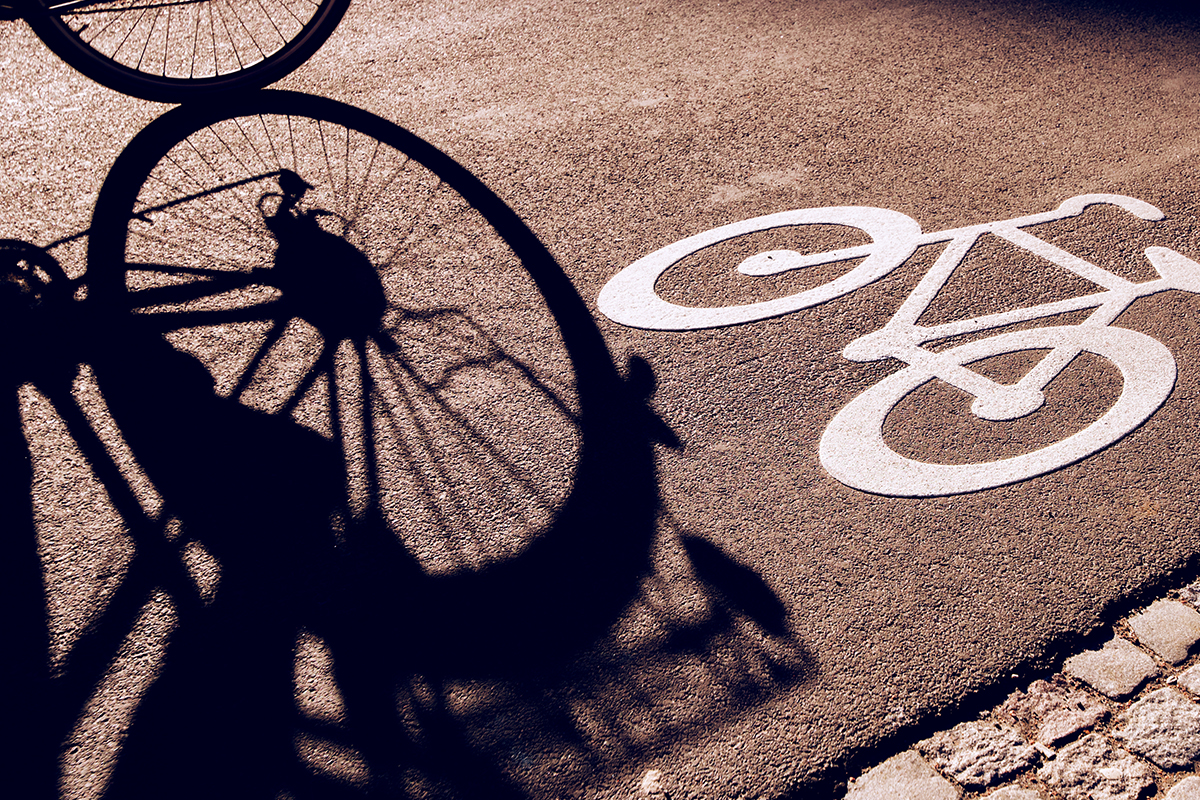COVID-19 and the Implications for Transport Planning & Traffic Engineering
15 May 2020

The coronavirus pandemic has prompted individuals to consider positive and healthier lifestyle changes, such as embracing walking and cycling, leading to less congested streets. These shifts in behavior will likely have a significant impact on the future of Transport Planning & Traffic Engineering.
The recent government announcement regarding investment in walking and cycling infrastructure presents an opportunity to capitalize on these changes and bring about permanent transformations. The temporary adjustments in our lifestyles have sparked questions about how we want to live in the long term. Will the “new normal” entail daily commutes to the office? Can meetings be conducted online? Are there alternative modes of transportation for shorter journeys, such as walking for distances under a mile or cycling for a few miles?
These questions extend beyond personal lifestyle choices and encompass the kind of environment people wish to reside in. Many individuals desire less congested streets and larger, more appealing public spaces.
Transport planners and traffic engineers must adapt their approach to planning and designing roads, footways, and other public thoroughfares in light of these shifting attitudes. Failing to seize this opportunity for change in a timely manner may result in a return to old habits, with people reverting to car usage and traditional work patterns, causing the potential for progress to be lost.
Transport Planning and Traffic/Infrastructure Engineering
The government’s funding provision for the reallocation of road space has been a significant development. Numerous local authorities have taken the initiative to close streets to vehicular traffic, create temporary cycle lanes, and widen footways to enable social distancing. However, in the long term, it is crucial to assess whether the current widths of footways and cycleways are sufficient to encourage a modal shift.
Shared spaces in street design, which had faced government restrictions in recent years due to concerns about vulnerable road user safety, need to be reconsidered. Private cars have historically been prioritized over pedestrians, and the dominance of cars in public life needs to be challenged.
Furthermore, the provision and allocation of town center car parking should be reevaluated. Many town centers and high streets suffer from an excess of parked cars. It is necessary to seriously consider the desired appearance of high streets and how to accommodate cars within town centers. Can some on-street parking spaces be removed to make room for public realm improvements or cycle routes, while relying on nearby car parks to provide sufficient parking capacity?
When planning new infrastructure improvements, it is important to account for emerging forms of micro-mobility, such as e-scooters and electric bicycles. The government’s recent measures included plans to conduct e-scooter trials in the UK to assess their impact on public space. As these new personal mobility technologies emerge, it is essential to determine appropriate riding areas and establish the necessary charging infrastructure to make longer journeys feasible. Integration with other transport hubs, like railway stations, should also be considered in terms of suitable parking and charging facilities.
Travel Planning
It is equally important to consider how people will plan their journeys post-lockdown when preparing Travel Plans. The new work arrangements and emerging smartphone apps should be actively encouraged and managed as part of the Travel Plan process. Employers and other organizations without formal Travel Plans but seeking to demonstrate their green credentials and protect their employees should also embrace these changes.
The need to work from home and the prospect of more flexible working arrangements have been significant changes for many individuals. While long-term encouragement of remote work is essential, it may require short-term management. With expected pressures on a reduced-capacity public transport system and the temporary encouragement of driving, a more coordinated system of flexible working needs to be implemented.
Smartphone apps that facilitate journey planning, payment, and navigation are becoming increasingly sophisticated. Mobility as a Service (MaaS) apps allow users to plan, pay for, and receive live updates on their journey, accessing various modes of transport within a single app. The government has
also discussed providing real-time data on the occupancy of public transport services to enable informed decision-making. In the short term, the ability to book specific seats on buses or trains in busy areas could help manage capacity.
While technology is valuable, its effectiveness relies on the availability of infrastructure and mobility services in the real world. People need tangible choices. While large cities like London may have extensive public transport systems, the real challenges lie in smaller cities, towns, and rural areas. Therefore, it is crucial to maintain momentum and capitalize on the emerging shifts in travel habits. Implementing the measures outlined above, along with additional suggestions put forward in recent weeks, will not solve all sustainable transport objectives, but they will set us on the right path.

